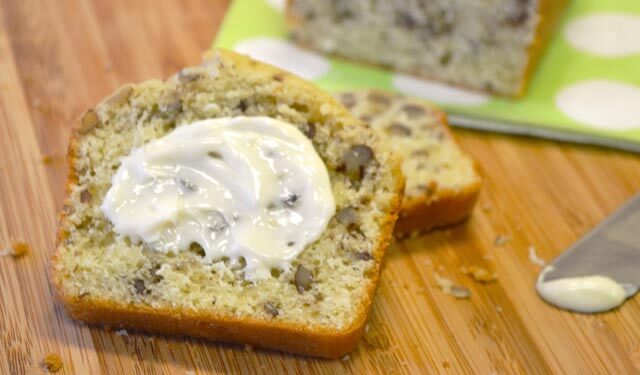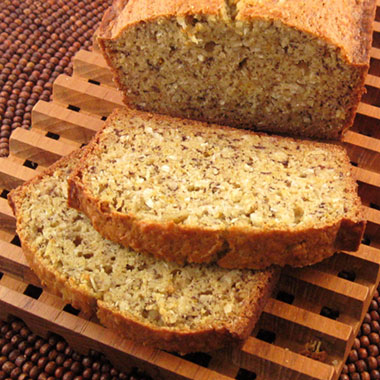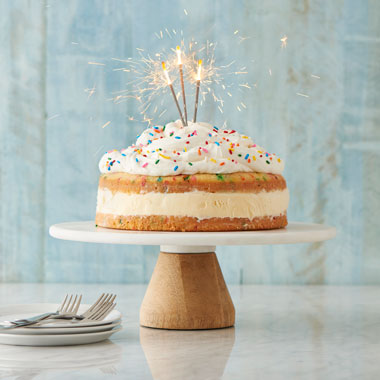
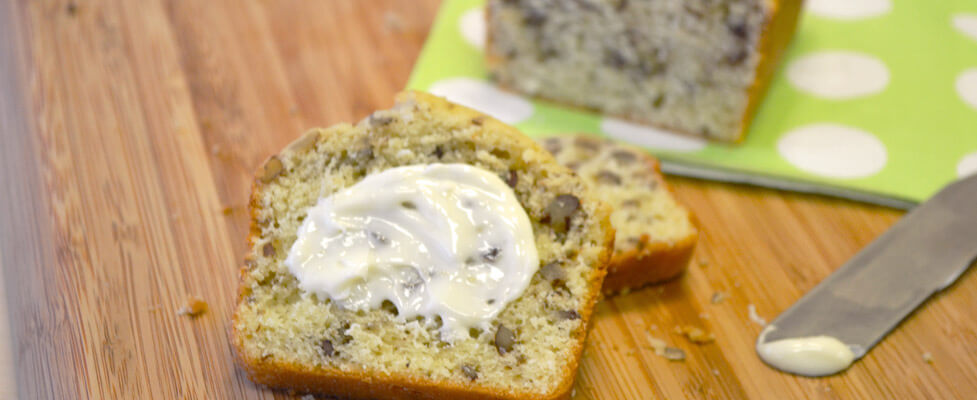
The Art of Quick Bread
When I talk to people who love to cook, they tell me they rarely follow a recipe. They throw in “a little of this” and “a little of that”, and magically they produce a wonderfully tasty dish. But when it comes to baking, they have a slightly different story. They follow the recipe exactly. They measure carefully and don’t deviate from the prescribed formula. And for good reason – even a 1/4 cup difference in flour can make a big difference in the height, texture and taste of a baked good.
SEE THE RECIPE
 by
Kim
by
Kim
 by
Kim
by
Kim
When I talk to people who love to cook, they tell me they rarely follow a recipe. They throw in “a little of this” and “a little of that”, and magically they produce a wonderfully tasty dish. But when it comes to baking, they have a slightly different story. They follow the recipe exactly. They measure carefully and don’t deviate from the prescribed formula. And for good reason – even a 1/4 cup difference in flour can make a big difference in the height, texture and taste of a baked good.
When you think about it, most baked goods start out with the same ingredients…flour, sugar, eggs, milk and some form of fat. What makes one baked good different from another is the proportion of ingredients used. Take out the milk and you have a cookie. Add more eggs and you have a cake. Take out some of the fat and you have a quick bread.
Well, maybe it’s not that simple, but you get the idea. I first understood the power of the “formula” the first time I thought I would add frozen blueberries to my favorite banana bread recipe. What I got was a molten mess. What is an artistic baker to do? I did a little homework for you. Hannah helped me in the kitchen testing all sorts of quick bread variations.
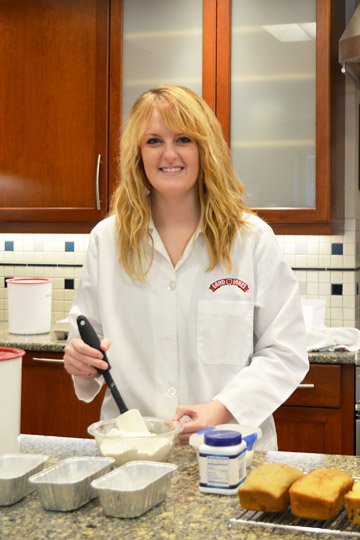
First, we tested a few base recipes. We varied the sugar, added vanilla, adjusted the baking soda, eliminated the baking powder and landed on what we think is the perfect base recipe. It has a clean flavor, and it’s not too sweet with a background note of vanilla. The nuts were distributed nicely throughout the bread. Quick breads typically have less sugar and fat than cakes, so the crumb tends to be coarse but it should still be a little moist when you eat it. Yum!
Next, we determined the desired mixing method. Some recipes call for using a mixer to cream the butter with the sugar, then mix in the remaining ingredients. The more traditional method for quick bread is to stir all the ingredients together by hand. We tried both methods and decided we like the texture and appearance better when you mix it by hand.
We also noticed some of the quick breads were “curbing”. That is what we call it when the loaf has a ridge around the edge that looks like a curb. This could be caused by too much baking powder or from “greasing & flouring” the sides of the pan.
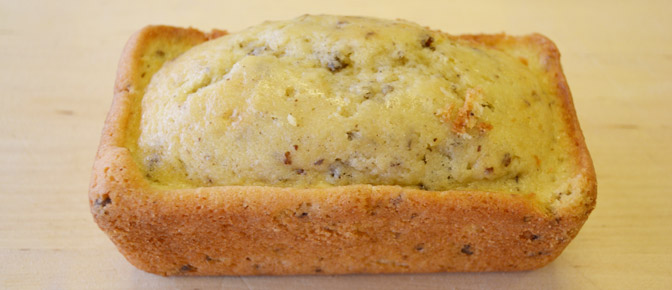
Our next bake, we “greased & floured” the bottom only of the pan and it baked up beautifully.
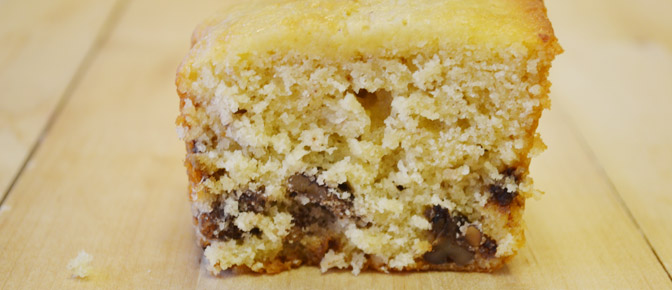
We wanted to personalize the flavor by adding in a variety of different ingredients. The nuts worked great, but chocolate chips were another story. In fact, most of our combinations sank to the lower half of the loaf.
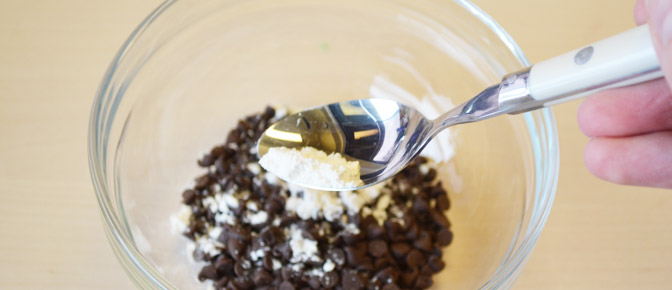
To solve that problem, we sprinkled the particulate ingredients with about 1-2 teaspoons flour before adding them to the batter. Success! We tested a few flavor variations and here is an “approved” list of things you can add with success. So go ahead and stir in what your heart desires (just follow the recipe for our Quick Bread 7 Ways). What's your favorite flavor addition?
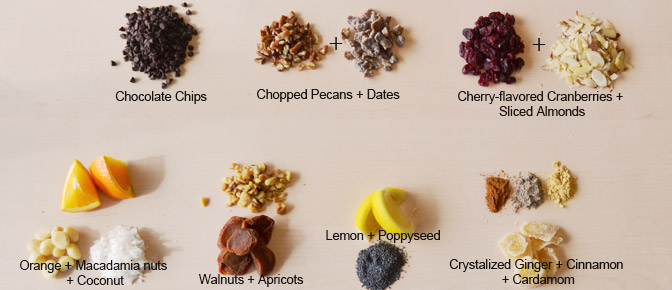
Share Your Thoughts
Did you find this article helpful? Has it inspired you? What else would you like to know?


